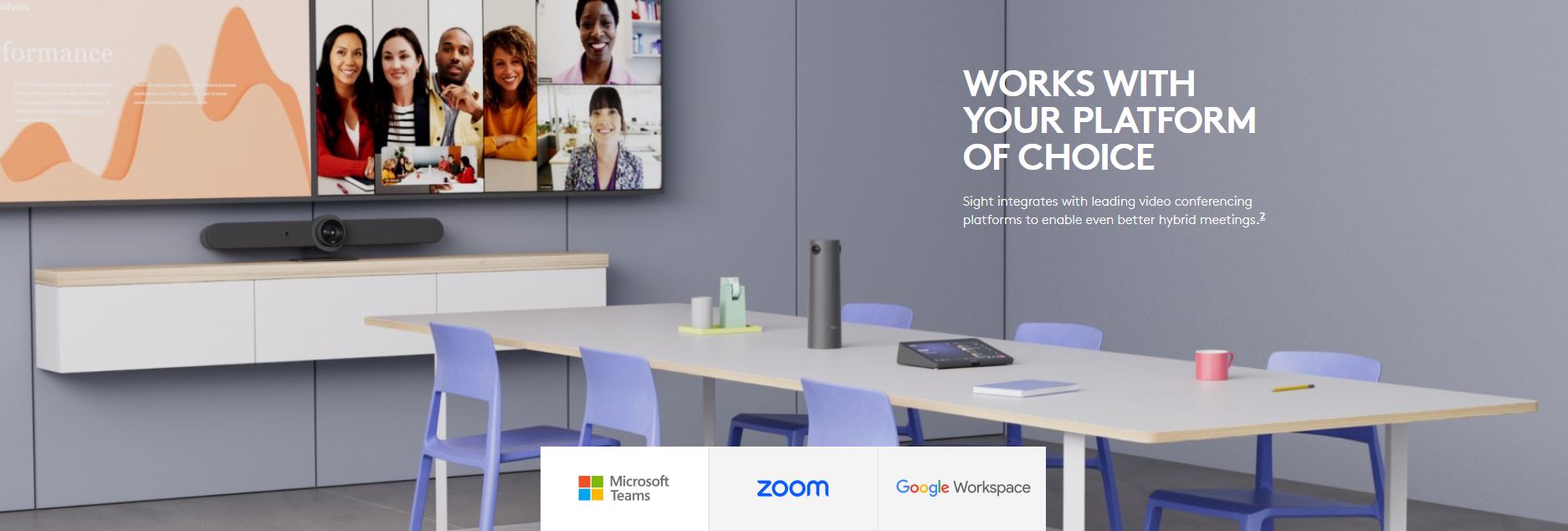HONOR has officially opened pre-orders for its much-anticipated HONOR 400 and HONOR 400 Pro smartphones in South Africa — ushering in a bold new…
How video conferencing market will coin R400 billion

The video conferencing space is indeed thriving due to its rapid adoption of other technologies which include the use of AI alongside other enhancements.

The video conferencing space continues to evolve shaping the way people and businesses connect, collaborate and conduct business in today’s digitally propelled world.
The Covid19 pandemic was a major contributing factor which forced business, educational institutions and individuals to adopt video conferencing as a primary means of communication. This massive and sudden surge in demand led to the rapid and widespread adoption of video conferencing platforms such as Zoom, Microsoft Teams and even Google Meet.
Bring forward improved infrastructure such as the expansion of high-speed internet including the deployment of 5G networks and you have an even more reliable medium known as video conferencing.
According to a Grand View Research study, the global video conferencing market is predicted to be worth nearly R400 billion ($19.7 billion) by 2030.
This is according to Charis Nicholas, Head of High Touch and End User video collaboration in Southern Africa at Logitech.
She adds that features such as real time analysis of video, audio streams, data analytics and the integration of AI, have successfully improved remote collaboration improved user experience and even video quality.
“AI’s increasing integration into video conferencing will continue to provide avenues for companies and organisations to cleverly bridge geographical gaps while also simulating the dynamics of in-person communication and boosting efficiency.”
Logitech Sight is a clear example of how the integration of AI into video conferencing platforms has significantly improved the user experience for remote users.
Charis adds that: “AI-powered, equitable meetings will become the new gold standard for video conferencing. Without multiple cameras and smart AI to find the best angles and cameras, meetings will look outdated.”
Remote workers who struggle to see their in-office colleagues in the conference room will soon request smarter meeting tech. This simply means the world is fast moving to an era of working and conferencing with 2024 likely to be the year these changes will gain momentum.
“One of the most important contributions of AI to remote collaboration is its ability to mine vast amounts of data generated during video conferences. Thanks to AI we are now able to track usage patterns, meeting duration, participant engagement, and shared content.”
The evolution of remote collaboration marks a significant milestone and this synergy harnesses the power to create improved user experiences, high-quality video interactions and the ability to gain valuable insights from data.
AI will continue to reshape the tech stratosphere, but video conferencing appears to be the medium fast delivering valuable insights while allowing users to communicate better.
Also read:

